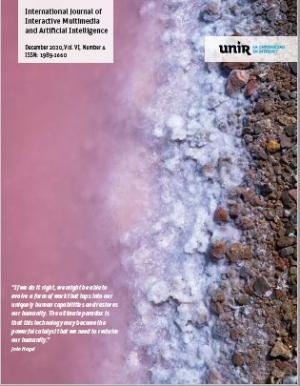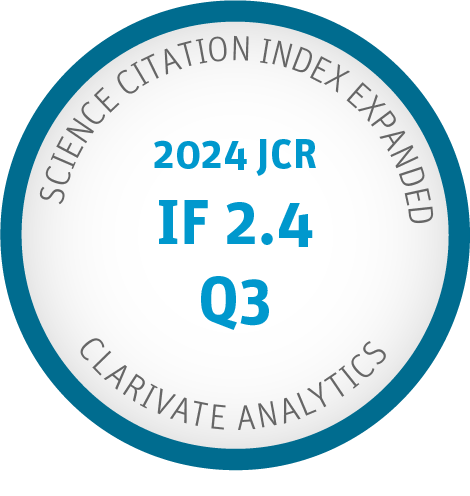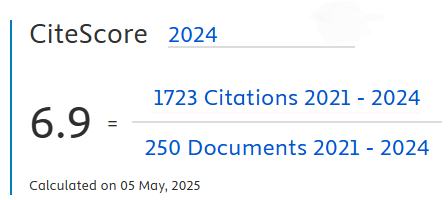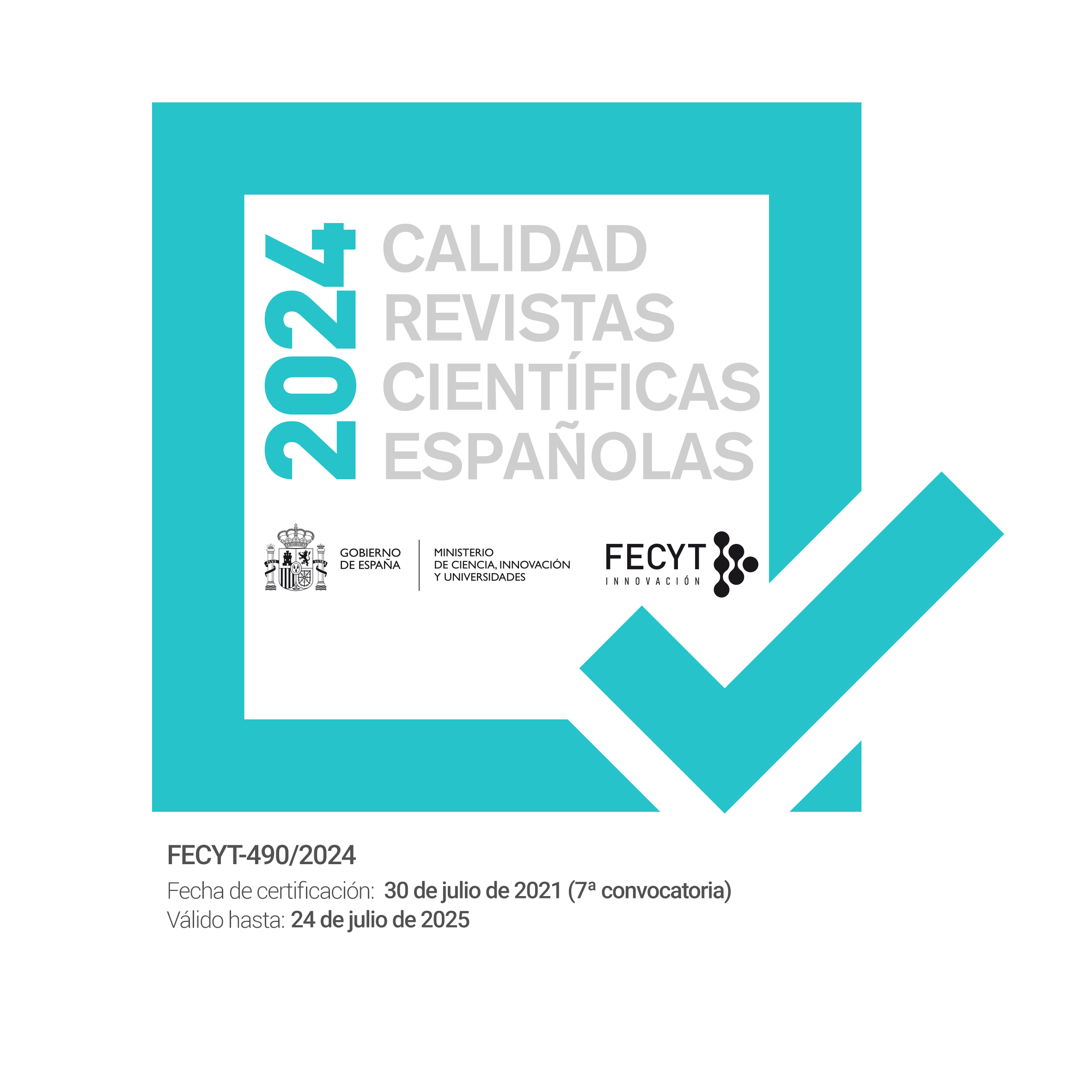Assessed by Machines: Development of a TAM-Based Tool to Measure AI-based Assessment Acceptance Among Students.
DOI:
https://doi.org/10.9781/ijimai.2020.11.009Keywords:
Artificial Intelligence, e-assessment, AdoptionAbstract
In recent years, the use of more and more technology in education has been a trend. The shift of traditional learning procedures into more online and tech-ish approaches has contributed to a context that can favor integrating Artificial-Intelligence-based or algorithm-based assessment of learning. Even more, with the current acceleration because of the COVID-19 pandemic, more and more learning processes are becoming online and are incorporating technologies related to automatize assessment or help instructors in the process. While we are in an initial stage of that integration, it is the moment to reflect on the students' perceptions of being assessed by a non-conscious software entity like a machine learning model or any other artificial intelligence application. As a result of the paper, we present a TAM-based model and a ready-to-use instrument based on five aspects concerning understanding technology adoption like the AI-based assessment on education. These aspects are perceived usefulness, perceived ease of use, attitude towards use, behavioral intention, and actual use. The paper's outcomes can be relevant to the research community since there is a lack of this kind of proposal in the literature.
Downloads
Downloads
Published
-
Abstract302
-
PDF75









